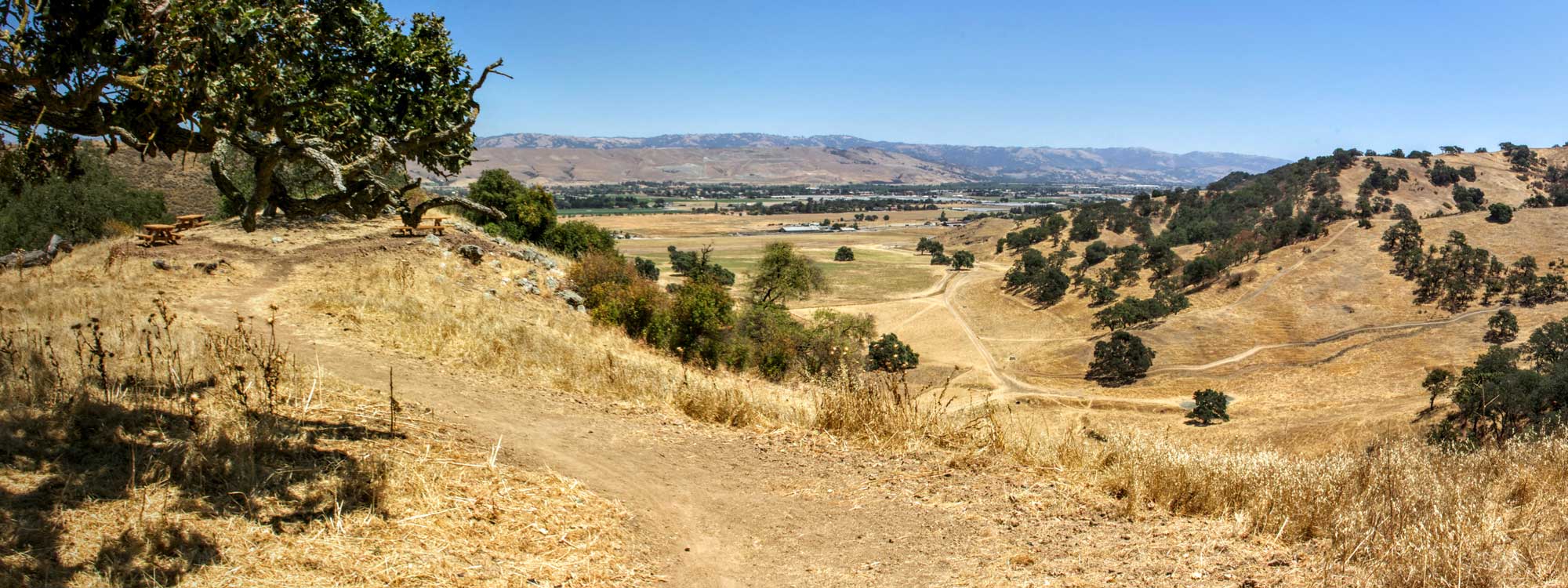On Thursday, October 29, 2020, the vast majority of the San Jose General Plan Task Force voted to protect Coyote Valley—preserving it as open space for wildlife and limited agricultural use. This win is a culmination of years of work from Greenbelt Alliance and our partners.
The San Jose General Plan Task Force evaluates the City’s achievement of planned job goals, implementation of the Urban Village concept, environmental indicators, and affordable housing needs in the past four years. The Task Force also makes recommendations to the City Council on mid-course adjustments to the General Plan at the end of the review process. One of the Task Force’s agenda items was Coyote Valley, and as one of San Jose’s most precious natural resources, City staff produced a memo that recommended the protection of Coyote Valley.
Why is Coyote Valley so important?
Coyote Valley is 7,400 acres of greenbelt lands between San Jose and Morgan Hill. It is home to lush farmland and a vast open space preserve, providing an awe-inspiring landscape to explore. It is also sacred, ancestral land to the Amah Mutsun tribal band and Muwekma Ohlone tribe. For decades, Greenbelt Alliance and our partners have protected Coyote Valley from inappropriate development—from technology campuses to sprawling subdivisions.
Two-thirds of Silicon Valley’s water supply is stored underground. Situated at the southern tip of the primary groundwater basin for the county, Coyote Valley is the largest undeveloped portion of Silicon Valley’s groundwater aquifer. Here, the groundwater basin is most vulnerable to contamination if industrial development were to be allowed. The valley’s wetlands and riparian areas act as natural water treatment plants that improve groundwater quality. Coyote Valley also has over 2,500 acres of floodplain, providing flood protection to residents of southern San Jose.
Furthermore, urban edge agriculture is now valued like never before with nearly 1 million people in San Jose and 2 million people in Santa Clara County benefitting from the valley’s farms alone. This goes hand-in-hand with the ecological value of Coyote Valley, which is immense. Wildlife from badgers to mountain lions can cross from the now-isolated Santa Cruz Mountain Range to the much larger Mount Hamilton/Diablo Range complex that connects to the rest of the California wilderness. This connection is crucial for keeping these rare species present in the area. Moreover, the valley floor is known to be a “hot spot” for many bird species, including raptors. And Coyote Ridge, a part of Coyote Valley, features some of the best wildflower displays in California due to its serpentine soil.
As we face a global climate emergency and the Bay Area’s housing crisis, it is increasingly important that our region grows in the right places to reduce emissions and build for resilience. Preserving places like Coyote Valley, and instead, building within our cities, near transit, protects our natural and working lands from sprawl development. So with the Task Force’s recent decision to protect Coyote Valley, San Jose is one step closer to a full commitment of maintaining the natural infrastructure Coyote Valley provides for the city—keeping our communities safe from the effects of fires, floods, and drought. We thank the San Jose General Plan Task Force for their leadership in taking decisive action to protect our natural and working lands.
With the Task Force recommendation, the issue and final decision will now go before the City Council this coming spring, where we will continue to advocate and work towards a more climate-smart, resilient, and equitable San Jose and beyond.




